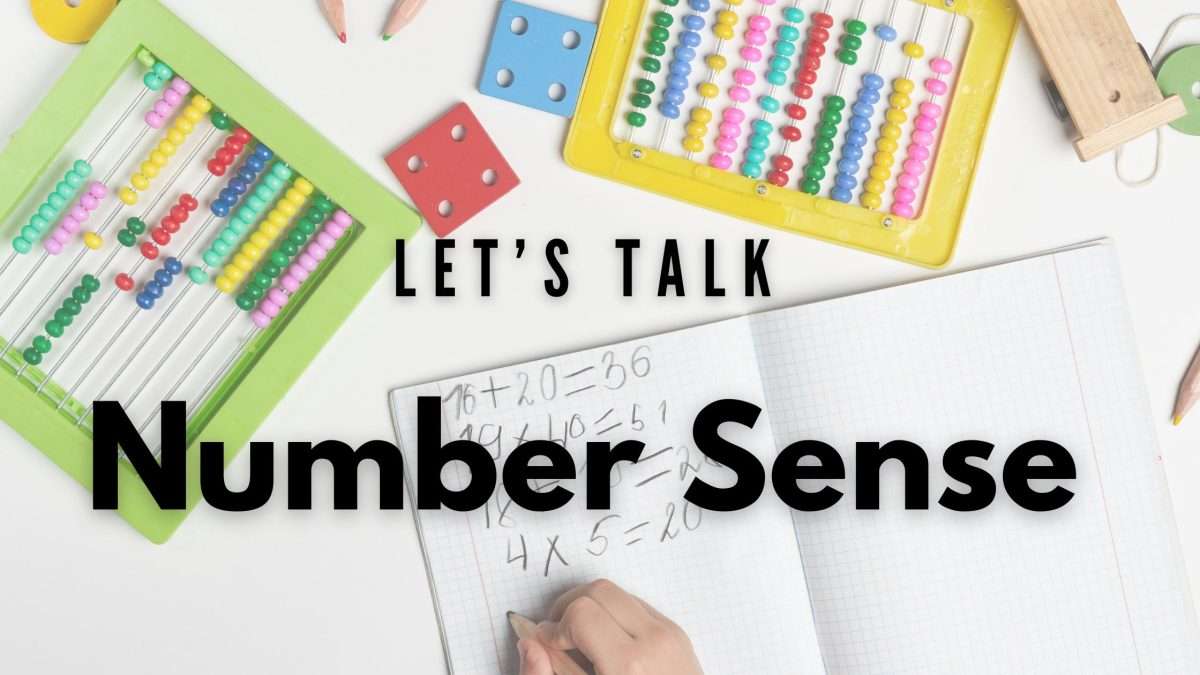Does your childs’ math homework confuse you? If so, you are not alone. Millions of parents need more support to explain math to their children.
In this blog, we will answer why today’s math differs from what you learned in school. We will begin with number sense.
Good Number Sense

Number sense is the ability to use numbers to solve math equations. A child with strong number sense skills can fluently communicate basic math concepts.
For example, if you ask a child to break down how many ways two numbers can add to five, they can explain 5= 4+1 and 3+2. A child struggling with number sense struggles with math families. Some students with severe deficits in number sense have trouble counting, naming, or remembering numbers.
By analogy, a child who is a good reader cannot only read and pronounce words but, more importantly, explain what they read. Teachers refer to this as comprehension skills. Number sense is the math version of reading comprehension.
How does that explain why my child’s math differs from what I learned in school? How teachers teach number sense is part of the answer.
Rote Memory
You can recall how teachers drilled you on multiplication, division, addition, and subtraction when you were in school. You memorized the multiplication tables to 12. One-minute timed tests were standard practice. If asked what 9 times 7 is, you said 63 without thinking. Rote memory is the term used to describe the act of memorizing facts.
In the early 2000s, rote memory fell out of favor with teachers. The new math emphasized associative learning instead of memorization. Associative learning is a way for students to understand the concept behind the answer.
It was not enough to know 9 x 7 = 63. Math teachers want students to explain why 63 is the only answer when multiplying 9 x 7.
Nothing is wrong with having students explain how they got their answers. Students should be able to give a reasonable explanation. The problem isn’t describing the conceptual idea behind how they find their answer.
The problem is with the instruction that favors only focusing on explanation without a solid math foundation. Many teachers focus on abstract concepts and drop the emphasis on rote learning. Therein lies the difference between the math you learned and your child’s learning.
Basic Computation

Now, think about number sense. Number sense is using numbers to solve math equations. If you memorize basic math facts, consider how much easier solving math equations becomes.
There are four basic computation skills in math – multiplication, division, addition, and subtraction. Some math requires using multiple computation skills, such as multi-step equations. No matter how good a child is at math, if they don’t know basic math facts, they can’t solve equations.
Next, consider the math we do when not in math class. Language is the root of most math we encounter outside of school.
When I go to a store and see that my favorite socks are on sale for twenty percent off, I have to comprehend what that means before I know if this is a good deal.
In school, I learned to calculate the percentage discount by multiplying the retail price by the discount. Then, I subtract the answer from the retail price. The final amount is what I pay.
Sometimes, math teachers call this using the standard algorithm. It refers to how most people use a step-by-step process to add, subtract, multiply, or divide to solve a math equation.
Standard Algorithm
People solve many math equations using a universal formula or algorithm. For example, if I want to know how large a room is to buy tiles to cover the floor, I use the standard algorithm for area: Area = Length x Width.
If I purchase a bunch of my favorite socks for $100, The discount is 20% off the retail price. $100 x .20 = $20; $100 – $20 = $80. I pay $80.
There are several other ways to calculate the discount. To solve the problem, you must first understand the question and then apply a formula to find the answer.
If you know .20 and 20% are the same thing, and you can quickly multiply 100 x .20, then the rest is easy.
We ask students to explain math concepts, but don’t give them the tools they need to answer correctly.
Memorizing Math Facts

Sometimes, students get the answer right but are marked down because they can’t explain how they solved it. The question is, which is more important – a correct answer or the explanation? No one argues how important it is to develop critical thinking skills in students. But shouldn’t the calculation and explanation have equal value?
The more significant point is that, like most things in life, there is a balance. Rote memorization of math facts is a necessary step in number sense.
To solve an equation, you need to comprehend what is being asked and apply a computation skill. If you want your child to do better in math, improving their math sense is the foundation.
The good news is improving number sense is not that hard! Repetitive skill drills are quick ways to enhance number sense and computation.
For more help in math check out LearnBright’s free lesson plans and videos!







